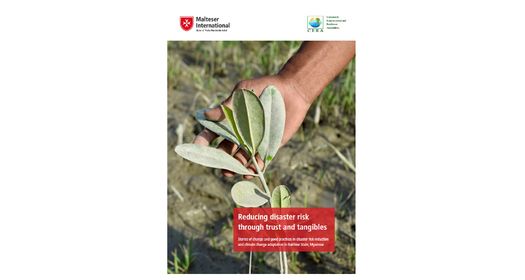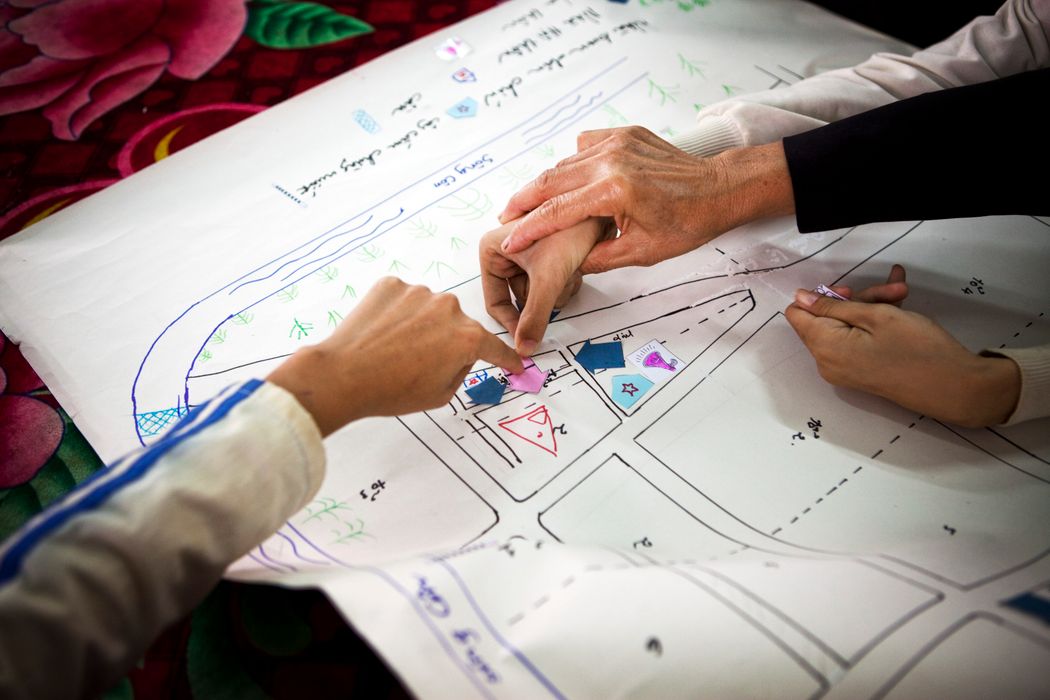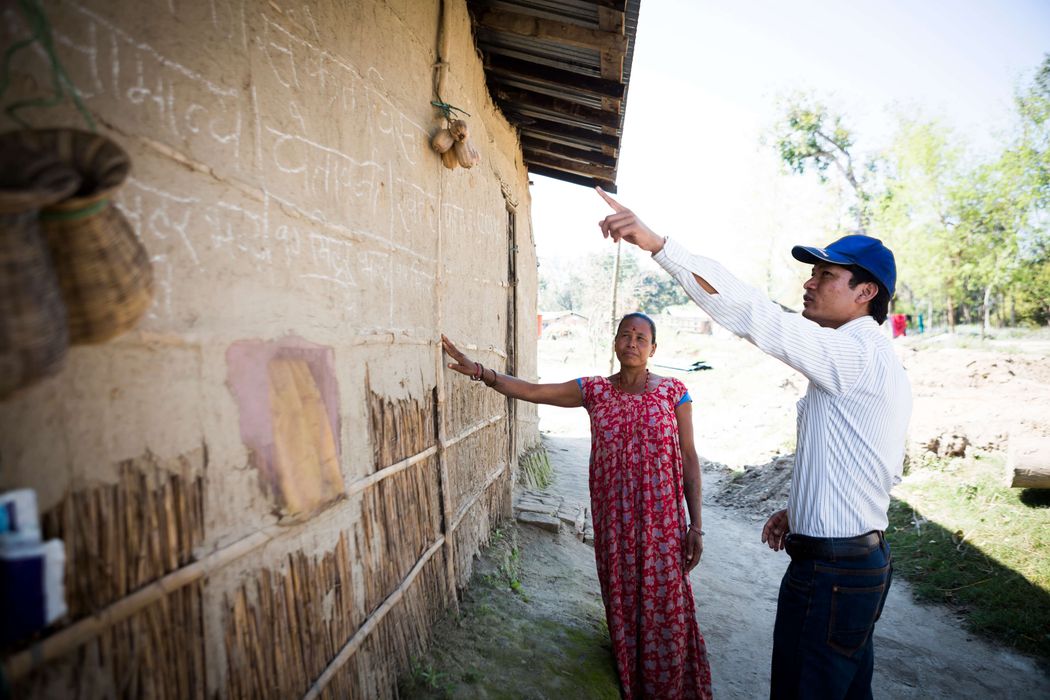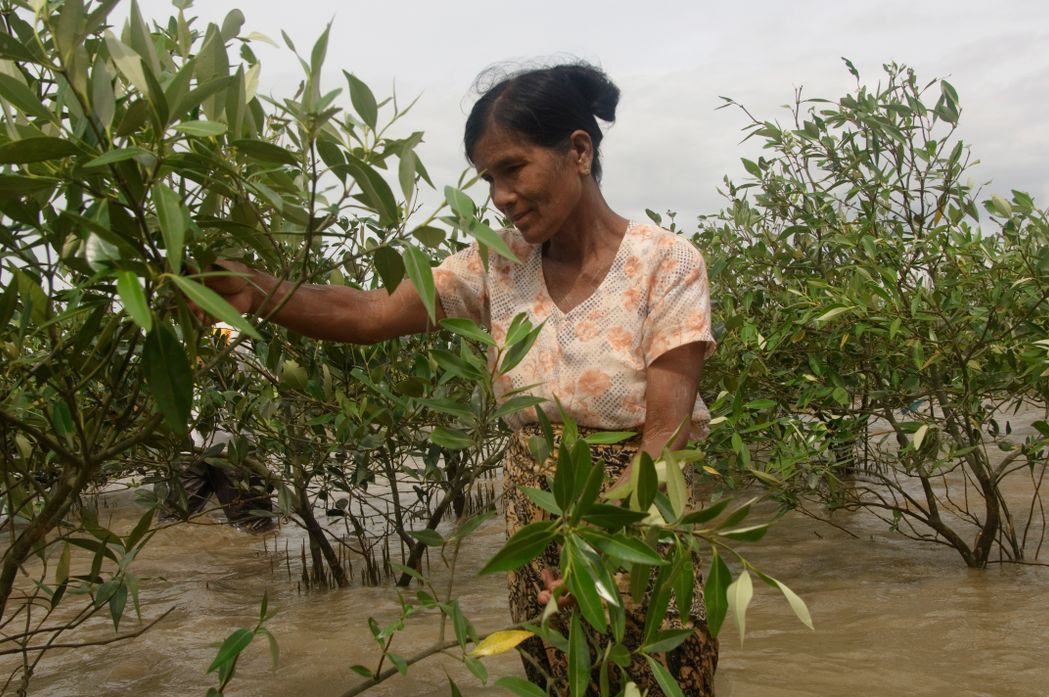Storms, floods and earthquakes are common occurrences in many regions of the world. When they strike poor and vulnerable communities, the consequences can be devastating. One of the effects of climate change has been an increase in the number of extreme weather events. At the same time, armed conflicts around the world have robbed an increasing number of people of their livelihood, forcing them to live in fragile and insecure states, or to flee from their homes as displaced people or refugees. Many of these fragile and conflict-affected states are at the same time among those most at risk of natural disasters. The consequences of the recent earthquakes in Nepal and Haiti, or of typhoon Haiyan in the Philippines illustrate just what a devastating combination of factors this can be.
One of our principal aims is to increase the resilience of local communities in the face of crises. All of our disaster risk reduction projects lay the greatest of value on the participation and cooperation of affected people, paying special attention to the inclusion of disadvantaged members of the population. In Vietnam, this takes the form of a special focus on work with people affected by physical disabilities, while in Colombia, we work closely with socially and economically disadvantaged members of the indigenous community.













